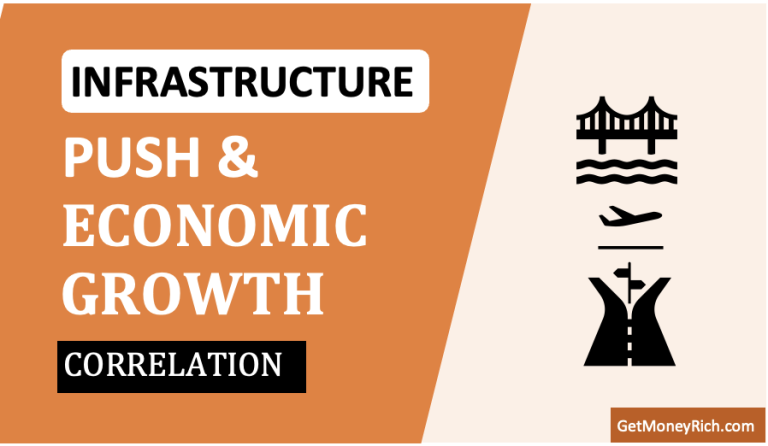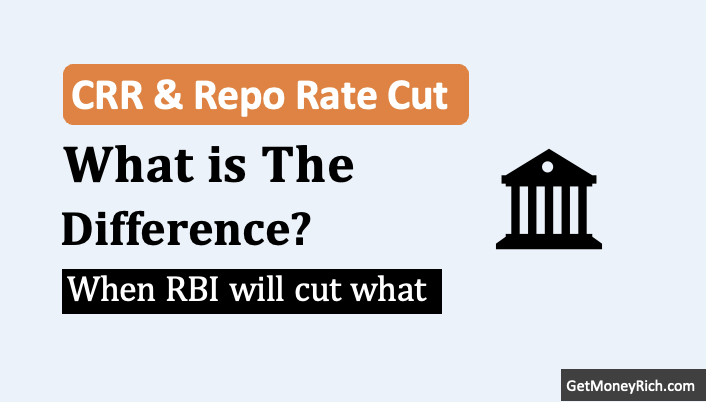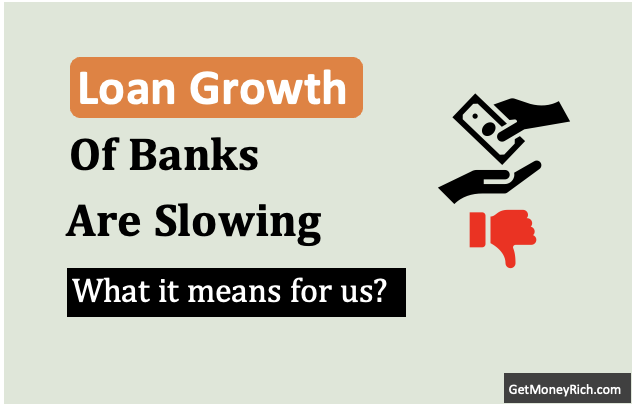India Economic Dashboard 2025
Table of Contents
Introduction
The economic environment of India in mid-2025 feels optimistic, cautious, and ambitious all at the sae time. After reading the the latest reports, I feel like this about India. In this post, I’ll explain why.
On one side there is a news of a robust addition of 19.14 lakh members to the EPF (Employee Provident Fund) Organization in April (read here). There’s also news about a staggering $81.04 billion in FDI inflows for FY 2024–25 (read here).
What’s clear from this type of news flows? India is at a pivotal moment. It’s a nation pulsating with potential.
Yet, there are forces that’s not in our control and may be forcing India to go slow. Internally, we have deep-rooted systemic issues like complex land acquisition processes, rigid labor laws, and inconsistent tax policies. Growing but inadequate infrastructure is not helping to get to ‘”‘viksit bharat.’
These are something that hinder India’s economic efficiency and long-term growth potential.
Then there are also global uncertainties that’s less in our control but those forces are also keeps from growing to full potential. But that’s how the world order is as of date and a robust economy will find its way out.
Today, I want to share my perspective on where India stands economically, what’s driving its momentum, and the reforms needed to cement its place as a global powerhouse.
Allow me to take you to a short ride of resilience, reform, and aspiration.
1. The Pulse of India’s Economy
Steadt growth is our signature.
India’s economic narrative in 2025 is one of resilience. We are observing global trade tensions, tariff hikes, and a projected global growth slowdown to 2.3%. It’s the weakest in 17 years, per the World Bank (read here).
But India remains the fastest-growing major economy. The GDP growth for FY 2024–25 clocked in at 6.5%.
It’s definitely slow from the past growths of 9.2% of FY24, but it also a proff of the country’s ability to weather external shocks.
The fourth quarter of FY25 surprised many with a 7.4% expansion (read here), fueled by a rebound in construction (10.8% growth) and services. It again confirms the strength of our domestic demand.
These growth rate numbers isn’t just a statistic, it’s a cause and effect of a nation on the move.
Here are two quantitaive indicators:
- Record-high air travel in April 2025 (read here).
- Another record road toll collections in April 2025 (read). This data was noted by the National Investment and Infrastructure Fund. This is a signal that the middle class is eager to spend and a rural economy is also finding its footing.
- The CNG sector is also booming. With India’s push for cleaner energy, consumer adoption of CNG powerd vehicles is picking fast.
- Meanwhile, the services sector, which soaked up 19% of FDI inflows, continue grow.
But beneath this vibrancy lies a more complex story (which is not as pleasand as the macro indicators).
- Household savings have dipped to 18.1% of GDP, the lowest in years.
- On the other side, the borrowing has risen to 6.2%.
These two shift hints at a middle class stretching its finances. It could be because of the optimism but also pressured by inflation. Though the April 2025 inflation was softer at 3.2%, but volatility is a concern.
The bigger question is, can India sustain this consumption-driven growth without tipping into fragility?
2. The FDI Paradox
One of the brightest spots in India’s 2025 economic story is its FDI performance.
Gross FDI inflows hit $81.04 billion in FY 2024–25 (read here). It is a 14% jump from the previous year and the highest in three years. Maharashtra and Karnataka alone accounted for 51% of these inflows.
Sectors like computer software, trading, and non-conventional energy drawing significant capital.
The government’s liberalized FDI norms is helping. For example, 100% automatic route in coal mining (read) and insurance intermediaries (read), is attracting FDIs. These earlier initiatives are clearly showing the dividends now.
But the FDI narrative also isn’t without its shadows.
Net FDI plummeted to a mere $0.4 billion, a 96% drop from previous years, as per RBI data (read). Why?
- Foreign companies (FDIs) are selling their investments and taking profits back home. The selling is mostly seen from the well-established industries. FDIs preferred cashing out that holding in the sectors.
- There is also a declining share of greenfield projects (down from 7.5% of gross fixed capital formation in FY21), raises red flags about long-term investment stability. Are we attracting enough high-quality, job-creating FDI, or are we merely a conduit for short-term capital flows?
The Securities and Exchange Board of India (SEBI) has stepped up with regulatory changes to streamline markets and boost investor confidence. But the broader challenge lies in policy consistency.
Geopolitical tensions, like the brief India-Pakistan flare-up in May 2025, and global trade barriers, such as U.S. tariff hikes, have spooked investors.
To sustain FDI momentum, India must bring reforms like simplifying land acquisition, strengthening contract enforcement, and ensuring tax stability. These kind of stability will attract FDIs in India.
3. The Global Context
The world looks shaky but India is comparatively stable.
To understand India’s economic trajectory, we must look out and see what’s happening globally.
- China’s housing market, once a driver of global growth, is facing challenges. There, the consumer sentiment is subdued. As a result, the growth projected at only 4.6% in 2025.
- The U.S. is also grappling with tariff-induced uncertainties. As a result it is expected to slow to 1.6%.
- Bangladesh, under an IMF-supported program, is pushing fiscal consolidation (reducing deficit and debt). Bangladesh has to take help of The Asian Development Bank (ADB) to fund its infrastructure projects and revive economic growth.
Against this backdrop, India’s 6.3% growth projection for FY26, as per the World Bank and OECD (read), looks much more stable and robust.
The Dedicated Freight Corridor Corporation of India Limited (DFCCIL) is revolutionizing logistics. It will reduce the costs enhancing export competitiveness.
Free Trade Agreements (FTAs) with the UAE, Australia, and the UK, along with a $100 billion FDI commitment from EFTA nations (read), are opening new trade avenues.
It is also worth noting that the IMF warns that rising global trade barriers could dampen export demand. This will especially happen in merchandise. In this industry, the India’s share in GDP remains modest at 2.1%.
4. Reforms for a $5 Trillion Dream
India’s ambition to become the world’s third-largest economy by 2028, with a nominal GDP of $5 trillion, is within reach (read more here).
The IMF projects India’s GDP at $4.18 trillion in 2025, overtaking Japan to claim the fourth spot (read).
But this dream hinges on addressing structural bottlenecks.
- The GDP estimation system, currently under reform, needs to deliver more granular, real-time data to guide policy.
- The Employee Provident Fund Organization’s (EPFO’s) growth reflects formalization of the workforce. But this is also true that our labor laws must evolve to balance flexibility with worker protections.
- The middle class, the engine of India’s consumption, deserves special attention. Nearly 70% of GDP is driven by domestic demand. But the per capita GDP at $2,880 lags behind developed economies. It is essential to have policies to boost disposable incomes. Policies like tax relief, skill development, and job creation in manufacturing could unleash a consumption boom.
- Simultaneously, the government’s fiscal consolidation, with the deficit down to 4.8% in FY25, must continue to free up resources for infrastructure and social spending.
- Finally, India must seize the digital and green revolutions. The CNG sector’s growth and non-conventional energy’s FDI appeal signal a shift toward sustainability. Scaling up manufacturing in electronics, semiconductors, and renewables is a great step in the future. While we are doing these, leveraging AI and digital infrastructure, could position India as a global innovation hub.
Conclusion
I’m struck by India’s unique position in 2025.
It’s a nation that defies global gloom with its growth, yet one that must confront its internal contradictions.
The economic environment is buoyant but not invincible.
Policymakers, businesses, and citizens must act with confidence tempered by clarity. The reforms push, investing in skill enhancement, and embracing sustainable growth is what India needs to move twoards being an economic powerhouse.
India’s story is one of aspiration meeting opportunity.
Have a happy investing.




